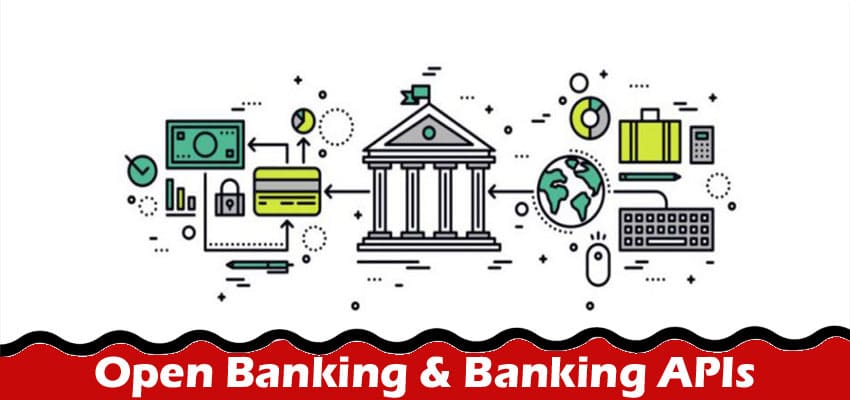In the evolving landscape of financial technology, open banking emerges not just as a buzzword, but as a pivotal revolution, redefining how we interact with financial services. This transformation is akin to a symphony orchestra, where banks play the instruments, APIs act as the musical notes, and third-party providers conduct the harmony, creating a symphony of financial transparency and innovation.
The Genesis of Open Banking
API Integration: The Backbone of Open Banking
At the core of open banking lies API integration (Application Programming Interface), serving as the linchpin in this financial renaissance. Imagine the banking system as a vast library. For decades, this library was exclusive, with limited access. Now, with open banking, the doors swing open, inviting a diverse array of financial maestros – fintech startups, app developers, and other financial institutions – to peruse and utilize the wealth of financial data available.
This democratization of financial data, powered by APIs, allows these third parties to develop groundbreaking apps and services. From budgeting tools to streamlined payment systems, APIs are the magic wands transforming raw financial data into valuable, user-friendly applications.
The Undercurrents of Change
Beyond the Obvious: Uncharted Territories of Open Banking
Traditionally, open banking is viewed through the lens of customer convenience and innovation. However, delving deeper, it becomes evident that its impact transcends these surface-level benefits. Consider a small business owner, previously reliant on traditional banking channels. Open banking, akin to a bridge over previously uncharted waters, opens up a realm of tailored financial services – from bespoke loan offerings to advanced cash flow management tools.
Moreover, open banking paves the way for financial inclusion. In regions with limited banking infrastructure, open banking acts as a catalyst, bringing unbanked populations into the financial fold through mobile-based solutions, reminiscent of how mobile phones bypassed landlines in remote areas.
The Symphony of Transparency
A New Dawn for Financial Clarity
One of the most profound impacts of open banking is on financial transparency. It’s akin to turning on a bright light in a previously dim room, revealing the details of financial management that many consumers were previously blind to. This transparency isn’t just about seeing numbers and transactions; it’s about understanding one’s financial health, much like a patient gains insights from a clear medical diagnosis.
The Global Stage
Open Banking: A Worldwide Phenomenon
While open banking originated in Europe, driven by regulations like PSD2, it’s not confined to any one region. Like a fast-spreading idea, it’s taking root globally, adapting to the unique financial landscapes of different countries. In each region, it molds itself to fit local regulations and consumer needs, presenting a fascinating study of adaptation and innovation.
In Asia, for instance, open banking is more market-driven, with tech giants and fintech startups leading the charge. Contrast this with Europe’s regulatory-driven approach, and you have a compelling narrative of the same concept, diverging and converging across different geographies.
The Future Unfolds
Where Do We Go from Here?
As we look ahead, the possibilities of open banking are as vast as the ocean. One can envisage a future where financial services are as personalized as a tailor-made suit, where data security is more robust than ever, and where financial inclusion is not just an ideal but a reality.
However, challenges remain. The symphony of open banking is still in its early movements. Issues of data security, privacy, and the digital divide pose questions that need harmonious solutions. The future of open banking, therefore, is not just in the hands of the banks and fintechs but also in the regulatory frameworks that must evolve to nurture this ecosystem.
In Conclusion
Open banking is not just about opening bank APIs; it’s about opening possibilities – for innovation, transparency, and financial inclusion. It’s a journey from the exclusivity of traditional banking to an inclusive, transparent financial future. As this journey unfolds, the promise of open banking, much like a well-composed symphony, holds the potential to harmonize the diverse needs of the global financial community.


